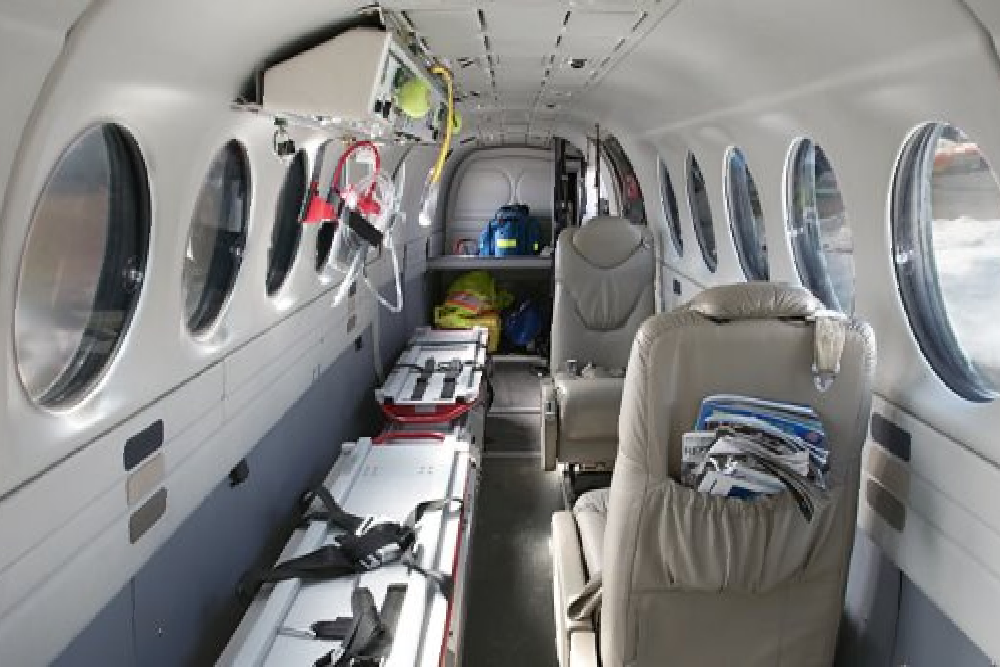Air Ambulance: A Vital Resource in Critical Times
In moments of crisis, every second counts. For individuals facing life-threatening situations in remote areas or inaccessible regions, air ambulances serve as a beacon of hope. Let's delve deeper into the significance of air ambulances in emergency situations:
1. Swift Response
Air ambulances are equipped to provide rapid medical assistance to those in need. Unlike traditional ground ambulances, they can swiftly navigate through challenging terrains and reach remote locations within a short span of time. This ability to provide prompt medical aid can significantly improve the chances of survival for patients in critical conditions.
2. Advanced Medical Care:
Air ambulances are equipped with state-of-the-art medical equipment and staffed by highly trained medical professionals. These airborne medical units offer a level of care comparable to that of a hospital emergency room. From administering life-saving medications to performing emergency procedures, air ambulance teams ensure that patients receive the necessary medical interventions en route to the hospital.
3. Time-Efficient Transport:
Air ambulances are equipped to provide rapid medical assistance to those in need. Unlike traditional ground ambulances, they can swiftly navigate through challenging terrains and reach remote locations within a short span of time. This ability to provide prompt medical aid can significantly improve the chances of survival for patients in critical conditions.
4. Remote Rescue Operations:
Air ambulances are equipped to provide rapid medical assistance to those in need. Unlike traditional ground ambulances, they can swiftly navigate through challenging terrains and reach remote locations within a short span of time. This ability to provide prompt medical aid can significantly improve the chances of survival for patients in critical conditions.
5. Interfacility Transfers:
In cases where patients require specialized medical care available only at certain hospitals, air ambulances facilitate interfacility transfers. These transfers enable patients to access the appropriate level of care without delay, ensuring seamless continuity of treatment. Whether it's transferring a patient from a rural clinic to a tertiary care center or transporting a critically ill individual between hospitals, air ambulances streamline the transfer process.
Conclusion:
Air ambulances stand as a testament to human ingenuity and compassion, providing a lifeline to individuals in their darkest hours. In the face of emergencies, these aerial medical units emerge as beacons of hope, offering swift response, advanced medical care, and time-efficient transport to those in need. Whether it's reaching remote areas, conducting rescue operations, or facilitating interfacility transfers, air ambulances play a pivotal role in saving lives and ensuring timely access to critical medical interventions.

